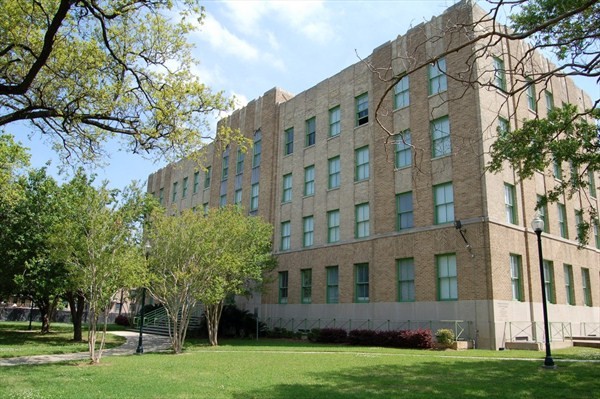Flint-Goodridge Hospital of Dillard University (Flint-Goodridge Apartments)
Introduction
Text-to-speech Audio
Now an apartment building for people 62 years or older, the Flint-Goodridge Hospital was the first hospital in New Orleans to admit African American patients. It was founded in 1911 but the building was not constructed until 1931. It was a part of the new Dillard University and as such served as a training school for doctors and nurses. During the 1930s the hospital was the only one to offer internships to Black physicians in training. The hospital played a significant role in improving the health and wellbeing of the Black community in the city. It was added to the National Register of Historic Places in 1989. The building was renovated in 2007 to convert it to apartment housing.
Images
The Flint-Goodridge Hospital, now an apartment building for people 62 years or older, was the first hospital in the city to admit Black patients.

Backstory and Context
Text-to-speech Audio
By 1930, the Black community in New Orleans suffered from a high death rate (twice that of whites) and a high infant mortality rate (12%). These and other health issues prompted the effort to build the new hospital and provide more training to Black healthcare professionals. The hospital was successful in improving the health among the Black community: it tested and treated patients suffering from tuberculosis, helped reduce the infant mortality rate, and provided treatment for syphilis.
Sources
"Flint-Goodridge Hospital of Dillard University." National Register of Historic Places Database: Louisiana Office of Cultural Development, Division of Historic Preservation. January 13, 1989. http://www.crt.state.la.us/dataprojects/hp/nhl/attachments/Parish36/Scans/36023001.pdf.
*Note: This document was either written for or taken from the National Register of Historic Places Nomination Form, which has not been digitized as of 2017.
*Note: This document was either written for or taken from the National Register of Historic Places Nomination Form, which has not been digitized as of 2017.
